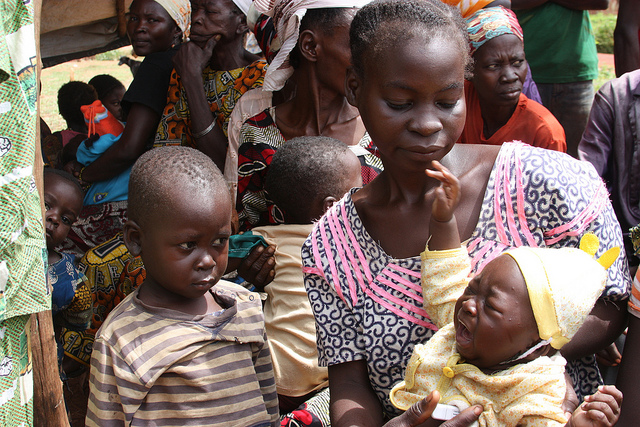A total of 3,623 suspected cases of cholera and 103 deaths from the disease have been recorded across 34 states and the Federal Capital Territory (FCT) since the beginning of this year, according to the Nigeria Centre for Disease Control and Prevention (NCDC).
Dr. Jide Idris, the Director General of the NCDC, disclosed this on Tuesday in Abuja while providing an update on the cholera outbreak and other related matters. He noted that with the arrival of the rainy season and reported flooding in some parts of the country, there has been a significant increase in epidemic-prone diseases such as yellow fever, Lassa fever, and meningitis, in addition to the ongoing cholera outbreak.
The cholera cases have been recorded across 187 Local Government Areas (LGAs), with a cumulative case fatality rate of 2.8% since the beginning of the year. Additionally, the number of cholera cases in the reporting week of July 8th—14th was 5.6% lower than the preceding week.
Dr. Idris stated, “We also recorded a drop in the case fatality rate from 2.9% to 2.8%. There has been a decline in the case fatality rate from week 24, when the spike started, to the present week. While current efforts at the national and some state levels might yield results, given the trend from previous years, we know it is not Uhuru yet.”
He explained that the peak of the cholera outbreak usually coincides with the peak of the rainy season, which is still ahead. Rainfall significantly impacts the spread of waterborne diseases by affecting water quality and availability. Furthermore, the rainy season increases the risk of mosquito-borne diseases such as malaria, yellow fever, dengue fever, and respiratory-related illnesses like cold, flu, and COVID-19.
Dr. Idris mentioned that almost all states in Nigeria have reported cases of cholera, but there seems to be underreporting as required data from the states are not coming in real-time as expected. This underreporting is largely due to inadequate resources to support surveillance and disease detection activities at the sub-national level and the political undertone associated with reporting cholera, which some perceive as a stigma.
The NCDC is implementing the national incident action plan for the response, intensifying efforts to support states in conducting active case searches, optimizing laboratory capacity, prepositioning cholera management supplies, and building capacity in anticipation of a possible surge ahead. The agency is also strengthening case management efforts to sustain the decline in the fatality ratio until the global target case fatality rate of less than 1% is achieved.
National rapid response teams (NRRT) have been deployed to the top six states, contributing about 83% of cholera cases, namely Lagos, Bayelsa, Abia, Ebonyi, Katsina, and Zamfara States, with plans to deploy to more states. The aim is to strengthen the surveillance system and improve case management, infection prevention and control, and community engagement to build community resilience.
Dr. Idris also reported an increase in suspected yellow fever cases due to the rainy season, with 3 presumptive positive cases reported from Ekiti (2) and Bayelsa (1), and 1 death. He emphasized that 1 confirmed case generally constitutes an outbreak.
He called on all government agencies, sub-national level actors, partners, civil society organizations, healthcare professionals, community leaders, and every citizen to redouble their efforts towards the prevention and containment of these diseases to avoid further loss of lives.

.jpg)
.png)








